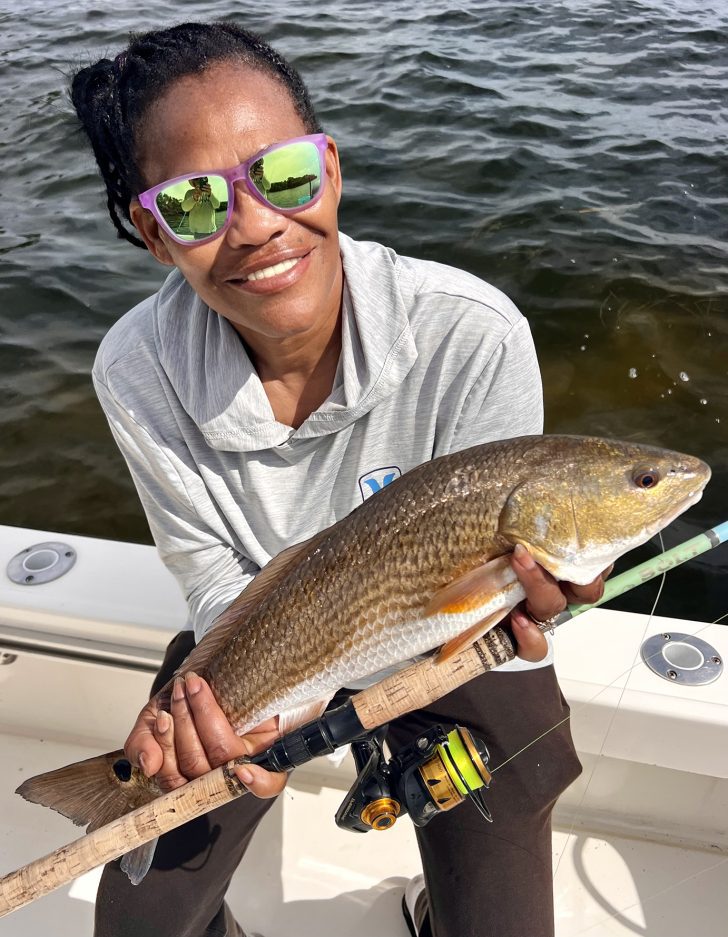It’s Primetime in Tampa Bay
By November, redfish have passed the peak of their spawning season in Tampa Bay, but the increase in fishing activity hasn’t. Large schools of redfish can still be found on most grass flats throughout the area. Achieving success when targeting redfish involves a few key strategies.
If you are fishing along a mangrove shoreline, it is crucial to fish close to the mangroves. Redfish prefer to feed just inside the mangroves, around low-hanging branches and roots. Chumming with live bait is effective for drawing them out from the bushes and increasing your chances of a catch.
Always be vigilant for schools of mullet when pursuing redfish, as redfish often travel within these schools. When mullet are approaching, position your boat so that they pass downwind and within casting distance. Begin chumming heavily with live bait. If redfish are mixed in with the mullet, you’ll notice explosive strikes on the bait you toss out. Prolonged chumming will attract more fish to your boat.
Learning to tell the difference between mullet and redfish schools is vital. Mullet tend to push water more aggressively and frequently break the surface, often jumping out of the water. In contrast, redfish schools, especially during high tide, create wakes that are less noticeable. Look for subtle differences in the ripples on the water’s surface to identify a redfish school.
As water temperatures begin to drop, the snook activity increases too. With the spawn completed, large female snook are now focused on feeding rather than breeding. In the right spot during good tidal flow, it is possible to catch ten or more snook within an hour. Chumming with live bait helps to stimulate feeding activity.
Prime snook spots include mangrove points adjacent to deep water, areas where mangroves are near oyster beds, and mangrove-lined creek or river mouths. These habitats provide excellent opportunities for snook fishing.
The seatrout bite continues to be strong throughout Tampa Bay. The most productive areas for large, keeper-sized seatrout are grass flats in four to six feet of water, although they can be found in many locations. Outgoing tides have recently yielded higher numbers and larger fish.
When fishing for seatrout, suspending bait under a float helps prevent it from getting tangled in the grass. Casting the bait at a ninety-degree angle off the side of the boat allows the tide to carry it naturally across the grass flat. Once a seatrout takes the float under, close the bail by hand, reel in until the line is tight, and set the hook with a firm lift of the rod.
As we move towards the middle of November, stronger cold fronts start to pass through the area, causing water temperatures to drop. Over time, the change in water temperature prompts baitfish to leave the grass flats for deeper water and the game fish follow.
Last fall, baitfish remained on the flats until the third week in November and the fishing was excellent. I can only hope that we get a repeat this year. Until the bait moves out, continue to enjoy the excellent fishing opportunities that Tampa Bay provides during the fall.
Afishionado, “Adventures in Fishing.”

